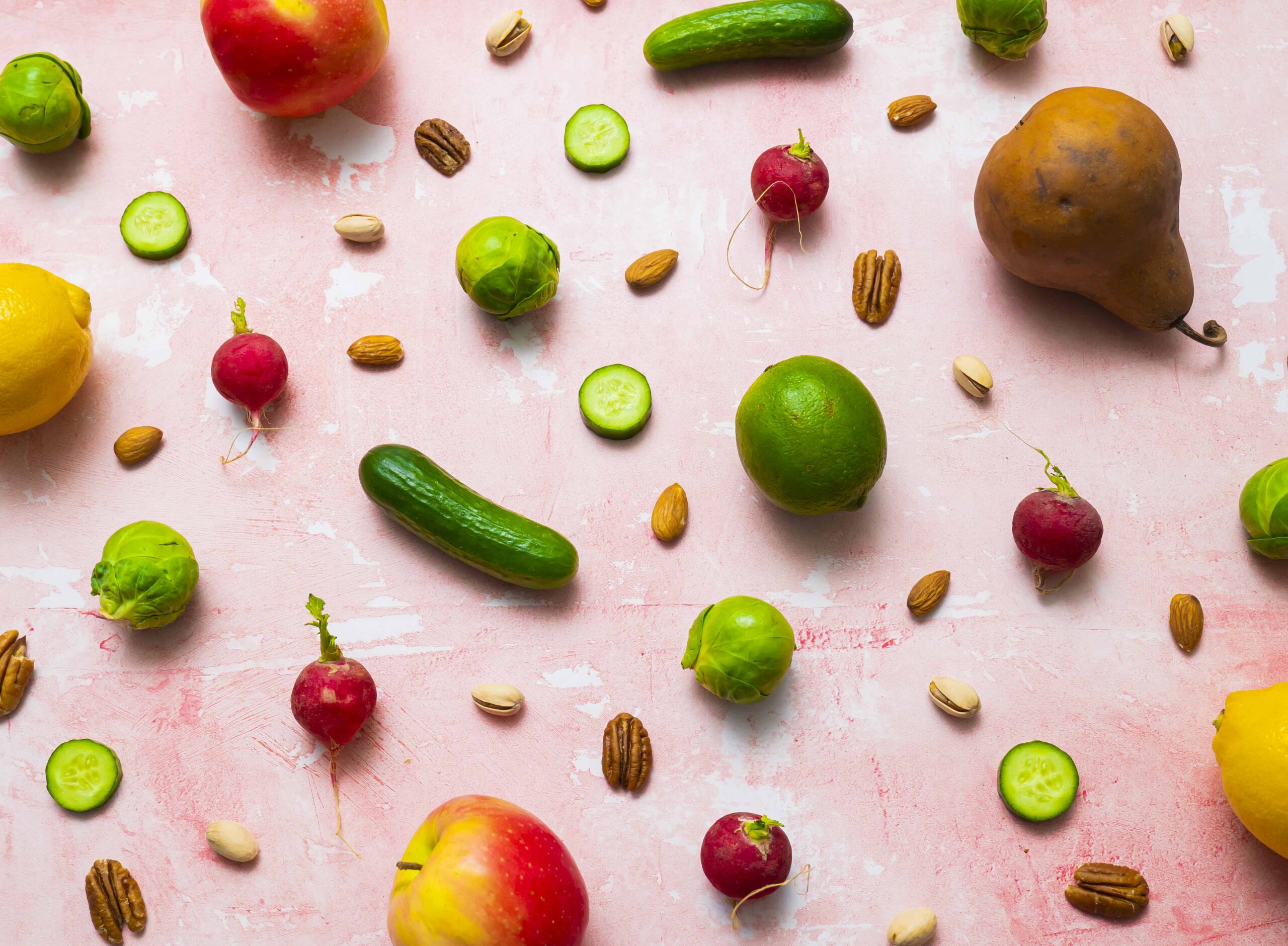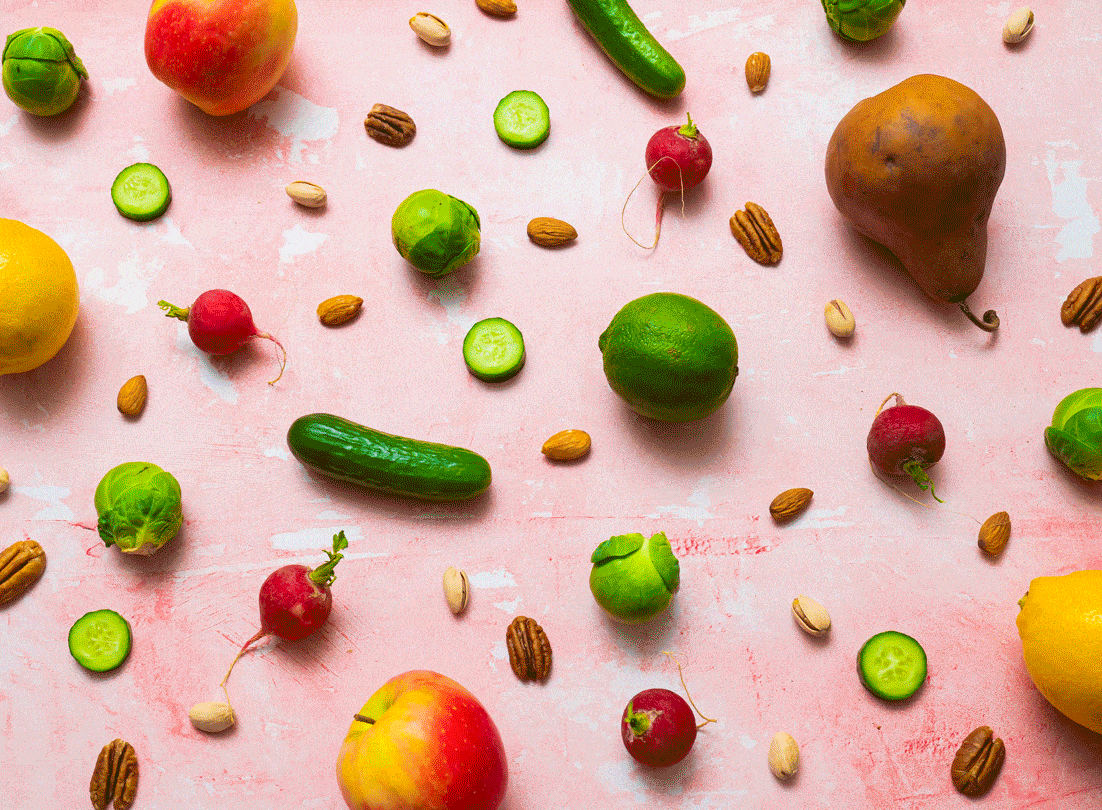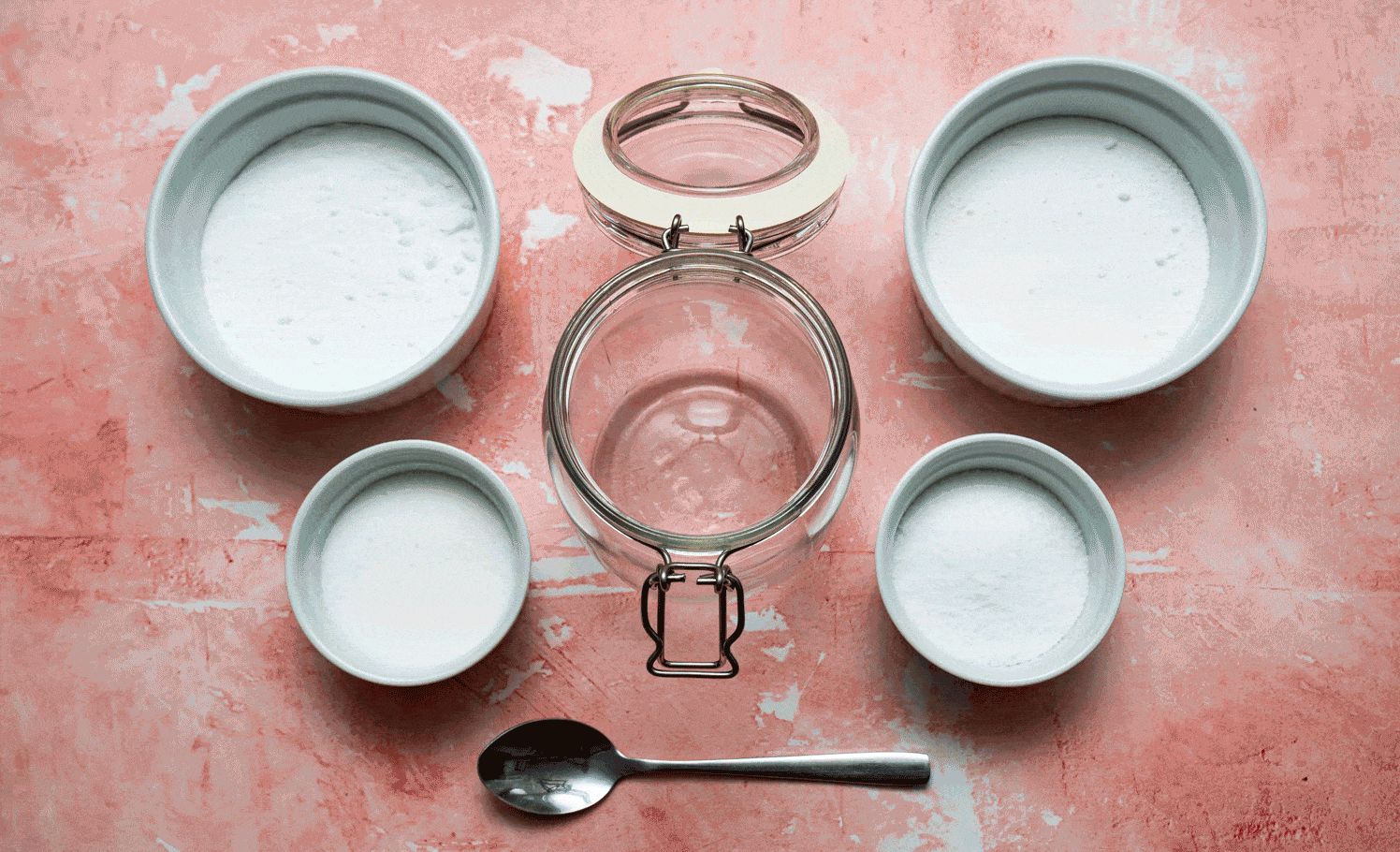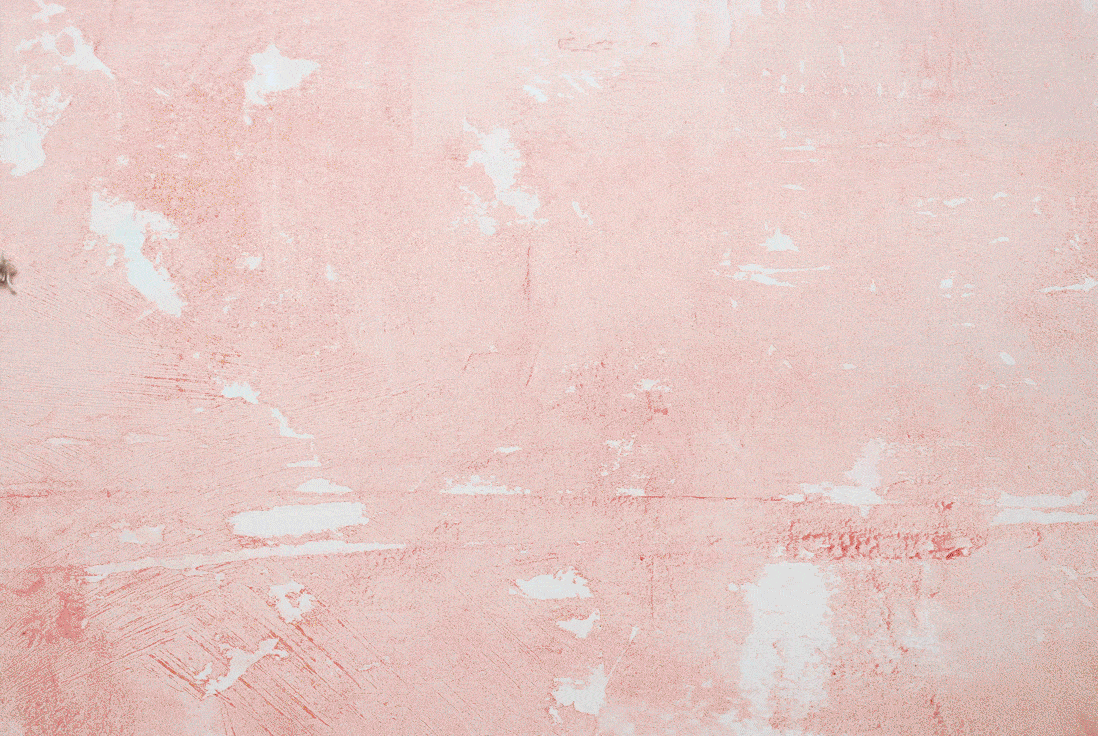3 Simple Ways to Remove Plastics From Your Home
These sustainability tips will help your home and planet feel good

At the beginning of each year, I often find myself looking to make improvements in my life, whether that be in my surroundings, my relationships or my mindset. My energy levels are at an all-time high and inspiration is limitless—the early months of a new year are when I feel most productive and most determined to make meaningful changes.
After three years of working in ocean conservation, my intentions have shifted and I actively seek to make small changes in my life that promote a more healthy and sustainable environment.
I love to cook and am adamant about keeping a clean house. Cooking and cleaning is something we all must do—we all need to eat, wash our clothes and bodies and pick up after ourselves. Unfortunately, many foods and cleaning products are encased in a lot of unnecessary plastic waste which leaves us, the consumers, with the burden of finding options that are not as harmful to the environment.
Our recent study, co-authored by Sea Education Association, DSM Environmental Services and the University of Georgia, reveals that the United States ranks as high as third among countries contributing to coastal plastic pollution.
We have a massive reliance on plastics, including many unnecessary single-use items. At every turn, we are faced with plastic packaging—in our grocery stores, our places of business and our homes. We need to advocate for policies that ensure responsibility for the full life of a product–from production to disposal. And while we need action on a national scale, I also find that making small changes in my own life helps me feel more confident in myself and my role in the plastic pollution crisis.
If you’re looking to reduce waste in your life, making the right choices can be a lot of work. In order to make it a bit easier, here are some changes that I’ve made in my own life, that you can take, learn from and make into your own.
Food

When I go to the market or grocery store, I always keep this in mind. I bring my reusable bags and purchase products that are either made of glass, paper or contain the least amount of plastic packaging. If you are disappointed that one of your favorite brands has a lot of plastic packaging, look for alternatives and let them know that this issue is important to you. Your voice could help sway companies to look for alternative packaging formats.
I mainly avoid pre-made snacks and stick to fruits, veggies and nuts that I can buy in bulk and prepare myself—without all the plastic. And many times this is a much cheaper way to snack as well. But if you are a person who can’t live without your Goldfish™ and granola bars, try making your own! Even if you’re not super comfortable in the kitchen, it can be fun to try and learn new things, all while helping our ocean.
Already an expert in avoiding food packaging? Put your skills to the test with our Food Wrapper Quiz.
Dishes

For the longest time, I didn’t have a dishwasher and I grew accustomed to only needing a good sponge (biodegradable or compostable options are great!) and some soap to take care of our dirty plates and glasses. When I finally had access to a dishwasher, I found myself frustrated by not only the price of dishwashing detergents but at the severe lack of products that didn’t contain plastic packaging or offer anything that wasn’t a pod.
This inspired me to make my own detergent—decreasing the cost per wash and creating an option that was more environmentally friendly. I grabbed a big, air-tight jar and combined:
- Two-parts borax
- Two-parts washing soda
- One-part citric acid
- One-part salt
I only need one tablespoon of this homemade mix to have my dishes come out clean and sparkly. And if you like that clean smell that comes with store-bought pods, try adding a drop of lemon essential oil to have your dishes smelling fresh.
Pro tip: Don’t have washing soda? Washing soda can be made from baking soda by “cooking” in an oven at 400 degrees Fahrenheit for approximately an hour. Mix every 20 minutes with a wooden spoon until the silky, smooth baking soda becomes grainy. It is now washing soda!
Laundry

In my search for products that would keep my clothes smelling fresh and feeling clean, I came across soap nuts. Soap nuts are the dried shells (or husks) from the soapberry nut, which come from the Sapindus mukorossi tree—a unique species native to India and Nepal. Even though they are called nuts, they are actually dried berries (fear not, those with nut allergies!).
So, how does a dried berry clean your clothes? The shell of the soap nut contains a natural soap called saponin. When the shell absorbs water, the saponin is released, which creates a soaping effect. The best thing about these is that they are 100% natural and biodegradable, and often come in cotton sacks or paper packaging. All you need is five to six soap nuts, a small breathable bag and a load of clothes that need some washing. Throw the soap nuts in the small bag and let them do the work. Even better, they have a shelf life of three to five loads—you’ll know they’re ready for composting when the soap nuts are shriveled and the shells are cracked open.
Besides soap nuts, I’ve also switched from dryer sheets to wool dryer balls. Dryer balls are a great alternative to dryer sheets—they absorb heat from the dryer and then roll and bounce around to help dry your clothes more quickly and to prevent clumping. They also last forever (more than 1,000 loads) and give you the option to add scents that you like, with the help of essential oils.
If you are interested in finding more ways you can fight plastic pollution at home, take our Trash Free Seas® Challenge for a healthier future for our ocean and all the wildlife that call it home.